
Welcome to the delightful world of kitchen gardening, where the joy of cultivating your own fresh herbs and vegetables meets the satisfaction of creating delicious meals with homegrown goodness. In this blog post, we’ll embark on a journey into the art of kitchen gardening, exploring the benefits, essential tips, and the simple joys of nurturing a thriving green corner in your home.
Table of Contents
ToggleThe Benefits of Kitchen Gardening
Freshness at Your Fingertips:
Savoring the unparalleled freshness of herbs and vegetables picked directly from your garden to your plate is a culinary experience unlike any other. As you immerse yourself in the realm of farm-to-table living, you gain a profound understanding of its profound impact on the flavor and nutritional value of your meals.
In this journey, the magic unfolds as you step into your garden, greeted by rows of vibrant greenery that bear witness to the care and attention you’ve invested. Armed with scissors, you gently snip fragrant basil leaves, tender lettuce heads, and plump cherry tomatoes. Each ingredient, still basking in the warmth of the sun, carries an undeniable freshness that is both palpable and aromatic.
The flavors, unleashed at their peak, create a symphony for your taste buds. Sweet basil exudes its earthy aroma, tomatoes burst with sun-kissed sweetness, and lettuce leaves offer a crispness that store-bought alternatives cannot replicate. Every bite becomes a journey into pure, unadulterated taste, a testament to the immediate and impactful nature of farm-to-table living.
Beyond the culinary pleasures, this direct connection from garden to plate preserves the vitality of your ingredients. Leafy greens retain their essential vitamins, herbs boast concentrated antioxidants, and vegetables are brimming with essential nutrients. The vibrant colors on your plate not only signify visual appeal but also contribute to a rich tapestry of health.
In your kitchen, you become both chef and artist, armed with a basket of freshly harvested treasures. From crisp salads adorned with rainbow-colored vegetables to aromatic pasta infused with garden herbs, your culinary creations mirror the artistry of nature. Farm-to-table living, in essence, embodies a commitment to sustainable practices, forging a connection between the earth’s bounty and the nourishment it provides for a wholesome and enriching dining experience.
Economical and Sustainable:
Saving money on store-bought herbs and vegetables while simultaneously reducing your carbon footprint is a dual benefit that comes with the practice of growing your own produce. Delving into the sustainability of this approach reveals a positive environmental impact, making it an even more compelling choice.
This financial advantage is realized through the avoidance of purchasing herbs and vegetables from commercial outlets. By cultivating your own garden, you inherently cut down on expenses associated with store-bought produce. The economic efficiency of this practice extends beyond mere cost savings, offering a sense of empowerment and self-sufficiency.
In tandem with the financial benefits, growing your own herbs and vegetables is a sustainable choice with commendable environmental implications. The carbon footprint associated with the production, packaging, and transportation of store-bought produce is mitigated when you opt for home cultivation. This localized approach significantly reduces the environmental strain linked to long-distance transportation and the extensive use of packaging materials.
Moreover, exploring the sustainability of cultivating your own herbs and vegetables unveils a broader positive impact. It aligns with eco-friendly practices, promoting a more harmonious relationship between individuals and the environment. The act of tending to your garden fosters a deeper connection with nature and a heightened awareness of the resources required for food production.
In essence, the decision to grow your own herbs and vegetables transcends financial savings. It embodies a commitment to sustainability and environmental responsibility, allowing individuals to play an active role in reducing their ecological footprint. This holistic approach not only contributes to personal well-being but also aligns with the global pursuit of more environmentally conscious living.
Getting Started with Kitchen Gardening
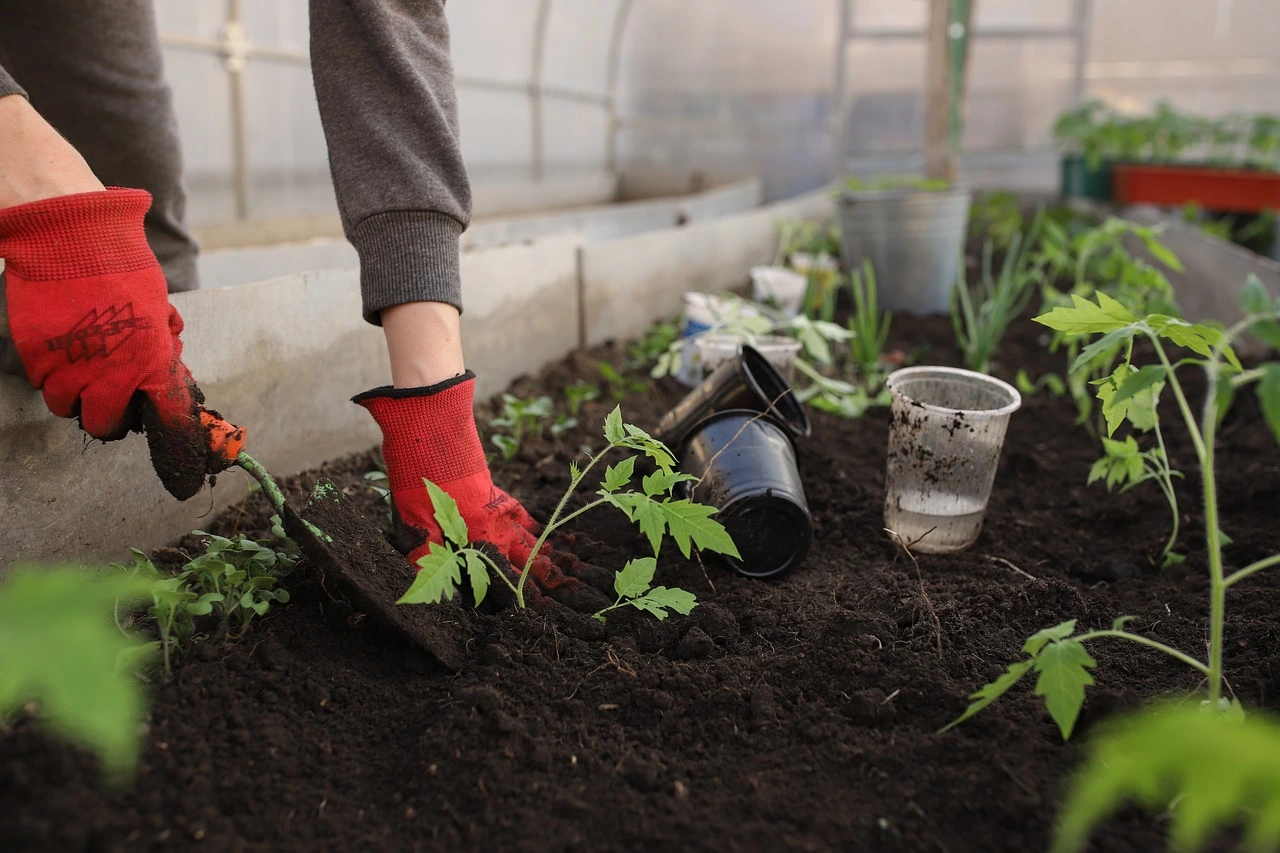
Choosing the Right Plants:
To begin your journey into home gardening, the initial step involves identifying herbs and vegetables that thrive in your local climate, ensuring a successful cultivation venture. Tailoring your choices to the specific conditions of your region, whether indoor or outdoor, enhances the adaptability of the plants to their environment. By carefully selecting varieties that are well-suited to the local climate, you set the foundation for a resilient and flourishing garden.
Consider commencing your gardening endeavors with easy-to-grow options, such as basil, mint, tomatoes, and peppers. These plants, known for their hardiness and adaptability, serve as ideal choices for beginners. Basil and mint bring aromatic freshness to various dishes, while tomatoes and peppers provide a rewarding harvest with minimal effort. Starting with these straightforward options not only simplifies the cultivation process but also instills confidence in aspiring gardeners, fostering a positive and enjoyable gardening experience.
Selecting Containers and Soil:
Container gardening is a versatile solution, especially for individuals with limited spaces or those residing in apartments. The beauty of this approach lies in its adaptability to constrained environments, allowing you to transform balconies, windowsills, or even small corners into vibrant green havens. Embracing container gardening opens a world of possibilities for cultivating herbs, vegetables, and flowers, turning any available space into a thriving garden oasis.
When venturing into container gardening, the choice of containers plays a pivotal role in the success of your plants. Opting for containers with proper drainage is essential, as it ensures that excess water can escape, preventing issues like root rot. This mindful selection promotes a healthier root system and helps maintain the overall well-being of your plants. By paying attention to this detail, you set the stage for a flourishing container garden that maximizes the available space while prioritizing the needs of your beloved green companions.
Simultaneously, delving into the intricacies of container gardening involves understanding the importance of nutrient-rich soil. Unlike traditional garden beds, container plants rely solely on the nutrients present in their confined environment. Therefore, creating the ideal growing environment becomes paramount. Investing in high-quality, nutrient-rich soil provides your plants with the essential elements for growth and vitality. This conscientious choice lays the groundwork for a successful container garden, ensuring that your plants receive the nourishment necessary to thrive in their confined yet nurturing homes.
Essential Tips for a Flourishing Garden
Sunlight and Watering Needs:
In the realm of gardening, understanding the sunlight requirements of various plants stands as a foundational element for successful cultivation. Each plant species possesses unique preferences when it comes to sunlight exposure, ranging from full sun to partial shade. By familiarizing yourself with these specific needs, you empower your gardening endeavors with the knowledge necessary to create an environment that fosters optimal growth. Whether it’s positioning sun-loving herbs in a bright, sunny spot or providing a shaded area for more delicate plants, tailoring the sunlight exposure to individual requirements is a key aspect of cultivating a thriving and diverse garden.
Simultaneously, mastering the art of watering emerges as a crucial skill in the nurturing process. Striking the right balance between maintaining consistently moist soil and steering clear of overwatering is an intricate dance that dictates the well-being of your plants. While certain plants thrive in consistently damp conditions, others may suffer from waterlogged roots. By honing your watering technique, you safeguard your garden from the pitfalls of dehydration or excessive moisture, fostering an environment where each plant can flourish. This delicate equilibrium ensures that your green companions receive the hydration they need without compromising their health, embodying the essence of mindful and attentive gardening practices.
Pruning and Harvesting Techniques:
Embarking on a successful gardening journey involves delving into the basics of pruning, an essential practice to promote bushier growth and prevent overcrowding in your green space. Pruning serves as a strategic tool to shape and guide the growth of plants, allowing them to allocate energy more efficiently. By removing excess foliage or unwanted branches, you create a conducive environment for air circulation and sunlight penetration, fostering a robust and well-structured garden. This artful approach to pruning not only enhances the aesthetic appeal of your plants but also contributes to their overall health, encouraging vibrant and lush growth.
In tandem with mastering the art of pruning, it’s equally crucial to explore best practices for harvesting herbs and vegetables. Harvesting, when done with precision and care, becomes a key factor in maximizing yield without compromising the health of your plants. Understanding the optimal time to harvest ensures that you reap the rewards of your gardening efforts at the peak of flavor and nutritional value. By adopting gentle harvesting techniques, you minimize stress on the plants and encourage continuous production. This thoughtful approach to harvesting not only supports the sustainability of your garden but also contributes to a harmonious cycle of growth, ensuring a bountiful and healthy harvest season after season.
The Culinary Delights of Homegrown Produce
Elevating Your Culinary Creations:
Embark on a culinary adventure and discover how the vibrant flavors of homegrown herbs have the power to transform your dishes into culinary masterpieces. Unlike their store-bought counterparts, freshly harvested herbs boast an intensity of taste that can elevate the simplest of recipes. Picture the aromatic notes of basil, mint, or rosemary infusing your kitchen, imparting a richness that transcends the ordinary. The proximity from garden to plate ensures that each herb retains its peak freshness, contributing a burst of flavor that brings a new dimension to your cooking. As you incorporate these homegrown treasures into your recipes, you’ll unravel a world of taste that adds a distinctive and personalized touch to every meal.
Complementing this herbaceous journey, delve into a realm of creativity as you explore recipes designed to highlight the unique taste profiles of your freshly harvested vegetables. From crisp bell peppers to succulent tomatoes, each vegetable carries its own story of flavor waiting to be unraveled. Homegrown vegetables, nurtured with care, offer a depth of taste that commercial produce often lacks. By integrating these flavorful vegetables into your culinary repertoire, you not only enhance the nutritional value of your meals but also invite a symphony of tastes that captivate the senses. Whether it’s a vibrant salad, a hearty stew, or a refreshing side dish, the possibilities are as abundant as the flavors emerging from your garden.
Preserving the Harvest:
Expand your culinary repertoire by delving into preservation techniques that ensure the year-round enjoyment of your homegrown produce. Learning these valuable skills opens a world of possibilities for extending the lifespan of your harvest and savoring the flavors of your garden in every season. Drying herbs is a classic method that concentrates their flavors and allows you to have a ready supply of aromatic additions to enhance your dishes. Additionally, creating herb-infused oils provides a versatile and flavorful base for various culinary creations, adding a gourmet touch to your kitchen. Take your preservation skills a step further by exploring the art of pickling vegetables, a timeless practice that not only preserves but also imparts a delightful tanginess to your homegrown treasures. These techniques empower you to enjoy the fruits of your gardening labor throughout the year, infusing your meals with the essence of your garden’s bounty, regardless of the season.
List of Herbs and Vegetables for Home Gardening
Here’s a list of herbs and vegetables that are well-suited for home gardening, whether you have a garden, balcony, or indoor space:
Herbs:
Basil:
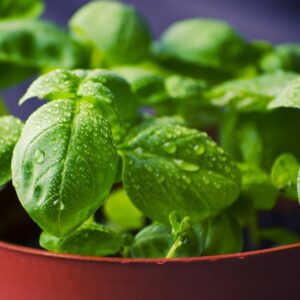
- Varieties: Sweet basil, Thai basil, Genovese basil.
- Uses: Pesto, salads, pasta dishes, and garnishes.
Mint:
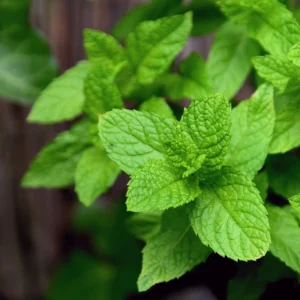
- Varieties: Peppermint, spearmint.
- Uses: Teas, cocktails, salads, and desserts.
Rosemary:
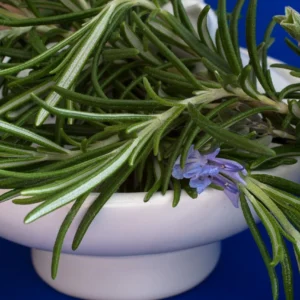
- Uses: Roasted meats, potatoes, marinades, and infused oils.
Thyme:
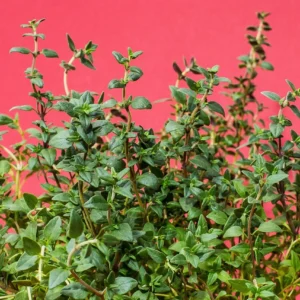
- Varieties: Common thyme, lemon thyme.
- Uses: Soups, stews, roasted vegetables, and poultry dishes.
Parsley:
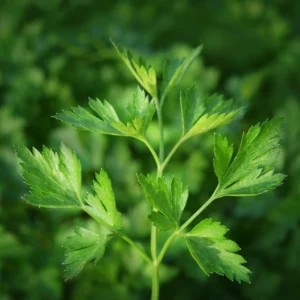
- Varieties: Curly parsley, Italian flat-leaf parsley.
- Uses: Garnishes, salads, soups, and as a flavor enhancer.
Chives:
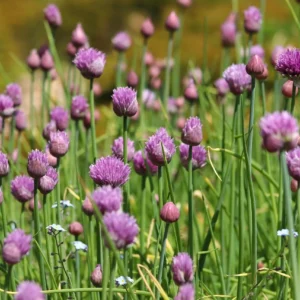
- Uses: Salads, omelets, soups, and garnishes.
Cilantro (Coriander):
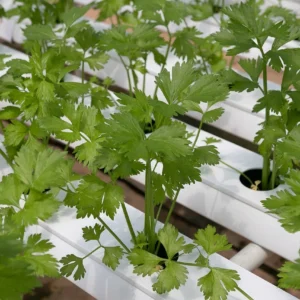
- Uses: Salsas, curries, salads, and as a garnish.
Oregano:
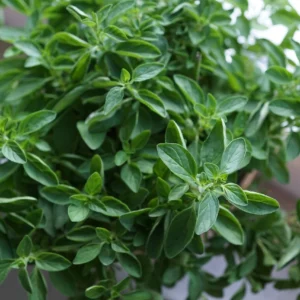
- Uses: Pizzas, pasta sauces, roasted vegetables, and Greek dishes.
Dill:
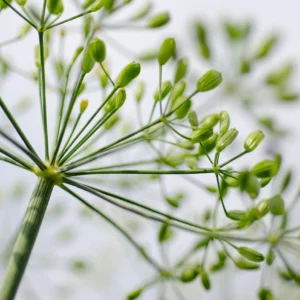
- Uses: Pickles, fish dishes, salads, and as a garnish.
Sage:
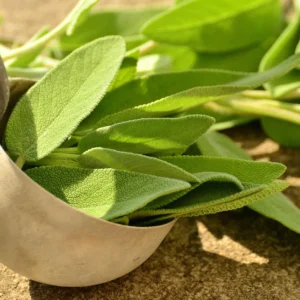
- Uses: Stuffing, roasted meats, pasta dishes, and infused oils.
Lemon Balm:
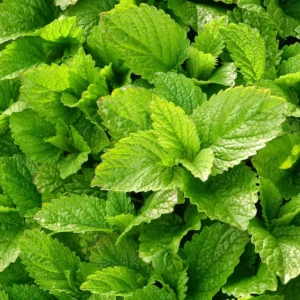
- Uses: Teas, desserts, salads, and as a garnish.
Vegetables:
Cherry Tomatoes:
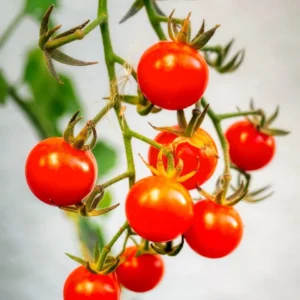
- Varieties: Tiny Tim, Tiny Tim Red, Micro Tom.
- Uses: Salads, snacks, and as a topping.
Lettuce:
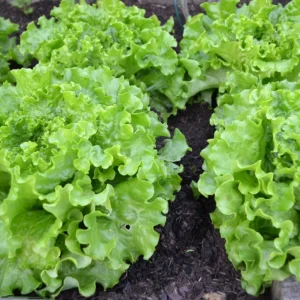
- Varieties: Butterhead, Romaine, Leaf lettuce.
- Uses: Salads, sandwiches, and wraps.
Spinach:
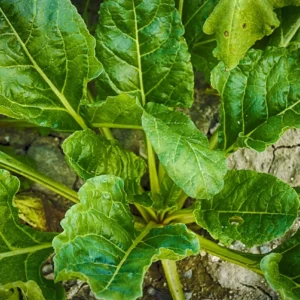
- Uses: Salads, smoothies, sautéed dishes, and omelets.
Bell Peppers:
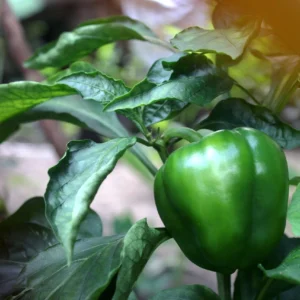
- Varieties: Mini bell peppers, compact varieties.
- Uses: Raw snacks, salads, stir-fries, and stuffed peppers.
Radishes:
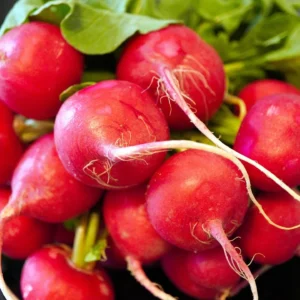
- Varieties: Cherry Belle, Easter Egg, French Breakfast.
- Uses: Salads, snacks, and pickling.
Cucumbers:
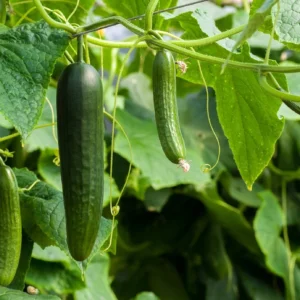
- Varieties: Patio Snacker, Bush Champion.
- Uses: Salads, pickles, and snacks.
Carrots:
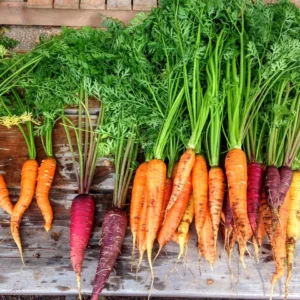
- Varieties: Short varieties like Thumbelina.
- Uses: Snacks, salads, and roasting.
Green Onions (Scallions):
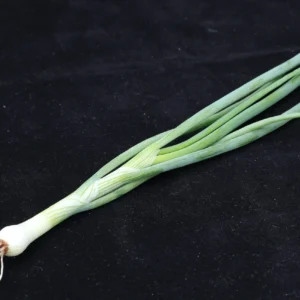
- Uses: Salads, garnishes, and stir-fries.
Kale:
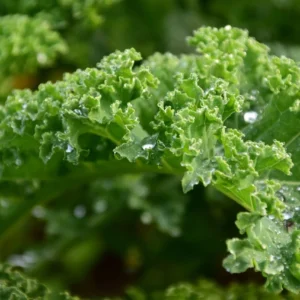
- Varieties: Dwarf Blue Curled, Lacinato (Dinosaur Kale).
- Uses: Salads, smoothies, and sautéed dishes.
Microgreens:
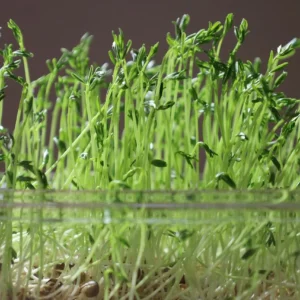
- Varieties: Radish, broccoli, sunflower.
- Uses: Salads, sandwiches, and garnishes.





Leave a Reply